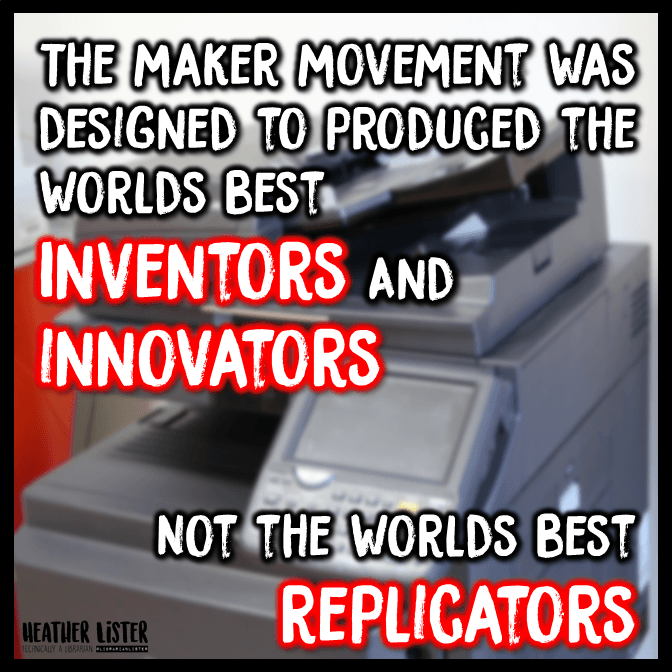See that bad boy up there? Well that bike up there looks just like the one I learned to ride on. I remember I rode that bike so hard that the wheels started to disintegrate (because they weren’t filled with air – they were some foam-type material). I had a matching helmet and since my dad was a biker, I would wear a pair of magic gloves to try to look like him. The point is, I’ve always been this cool. (Actually no, that’s definitely not the point I’m trying to make.)
Anyway…
As I got more comfortable riding, my dad adjusted the training wheels so they were more or less there “just in case”. But at some point, the training wheels had to go and I had to get a “real” bike.
No training wheels.
No foam tires.
A real Huffy bike.
And despite riding for months on my training wheels, I didn’t quite know how to start. How will I keep my balance? How do I brake? How do I turn? All important questions, but ones I didn’t really need to think about when I had the support of training wheels and no hand brakes.
So it took a few tries and some frustration, but eventually I got it (#win). Having younger siblings, I would hop on my kid brother or sister’s training wheel bike and would be entertained for a hot minute and then be bored. Why did I want training wheels when I knew how to ride a real bike?
I went through a similar cycle when learning to adjust to a road bike. But again – I eventually mastered it.
So why do you care about my adventure in biking?
As enthusiastic as I am about makerspaces in education, at some point, we have to take the training wheels off. There are thousands of maker products on the market that come with project guides, activity kits, and curriculum guides. And that is wonderful! But we’re forgetting that those guides and kits are just TRAINING WHEELS. They were just meant to give you the foundation skills and confidence needed to take it to the next level. So what is the next level, you ask? YOU TELL ME.
That is the whole idea of the maker movement and sometimes I feel we are totally missing it.
The maker movement is designed to produce the worlds next inventors and innovators. Not the worlds best replicators.

So who knows what they’re going to do with the smoke alarm they just took apart. I attended a conference a few months ago and I overheard a conversation about MakeyMakey. A woman (with the best intentions, I’m sure), was explaining to her colleague that MakeyMakeys are used to make banana pianos and PlayDoh controllers.
Wait. WHAT?
No. No. No. No. No.
There is a time and a place for step by step project guides. I’m not saying I hate Instructables or the project suggestions that come with littleBits (or any other product for that matter). However, when Instructables and How-To books are becoming the only “options” in our makerspace, despite having thousands of “options”, we’re limiting our students. Which is so anti-maker.
So what is the time and the place for how-to guides?
When we first began our Makerspace, my kids weren’t familiar with even the basics of circuitry. If I said “robot” they envisioned an android shelving library books. So I had to do some teaching of the skills and show kids how certain things can be used.
And this isn’t as easy as it sounds. I didn’t want to “teach littleBits” or “teach Snap Circuits”. I wanted to teach electronics. And that is why we need to teach things that are transferable. Teach things in terms of “input” and “output” rather than “pink” and “green”. I don’t want to teach Dash and Sphero. I want to teach coding.
If you’re teaching your kids the SKILL and not the PRODUCT, they will be able to transfer those skills and build something new.
So how do I let go?
Just do it. There isn’t a guide on letting go. Or a process. Or an outline. Or an Instructable. (there are, however, some amazing self help books on letting go and an incredibly annoying song on letting go).
But for those of you that NEED something, here are some tips.
- When you design “challenges”, make them open ended. For example, “make something that moves” is a LOT different than saying “build a robot with 4 Cubelets”
- Beware of circulating kits or stations. Again – there is a time and a place for these. But also keep in mind that a lot of makerspace products were meant to interact. If kids at the littleBits table are only allowed to play with littleBits, how are they supposed to learn how the skills transfer? I remember when my kids took littleBits, Legos, K’Nex and some LEDs and made an old Justin Beiber poster light up and talk. That was cool and there was no Instructable on that.
- If you’re just starting a makerspace, consider skipping the “how-to” guides altogether. I promise kids will figure it out. Going back to my bike analogy, the new research suggests that skipping tricycles and training wheels is better for kids and they suggest starting kids with balance bikes.

 Seriously people, Henry Ford didn’t invent the Model T with a how-to guide.
Seriously people, Henry Ford didn’t invent the Model T with a how-to guide.




